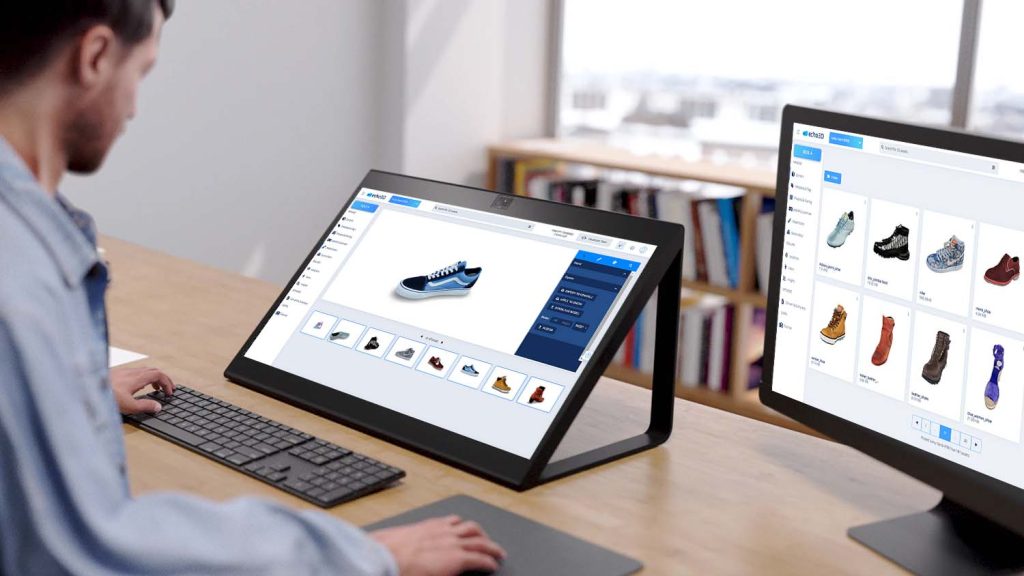Sony has announced that its Spatial Reality Display models, capable of viewing content in 3D without need of a headset or special glasses, are to receive integration for Echo3D applications.
Using Echo3D cloud, 3D assets including models can be remotely imported into the Spatial Reality Display for content creation and visualisation.
3D warehousing capabilities offer asset storage and management from virtually anywhere, that can be edited. 3D asset delivery functionality offers 3D streaming and real-time delivery to devices.
The eEcho3D Asset Manager provides a host of SDKs and APIs to integrate with Unity, Unreal, Blender, ARCore, ARKit, Nvidia Omniverse, Swift, Snapdragon Spaces, Niantic Lightship, 8th Wall, NodeJS, React, Java, Python, and more, allowing users to deploy 3D content everywhere directly from its cloud-based 3D digital asset management.
Sony Electronics says that its Spatial Reality Displays for glasses-free 3D visualisation, including the ELF-SR2 (27-inch) and ELF-SR1 (15.6-inch), are becoming even more ‘powerful and user-friendly’ via integration with Echo3D’s 3D digital asset management platform.
Through the company’s Spatial Reality Display App Select site, which offers a range of compatible applications and information dedicated to different usage scenarios, Spatial Reality Display users can now leverage Echo3D technology to securely manage, store, control, optimise, and share 3D content.
Using Echo3D, Spatial Reality Display users can also convert and compress 3D files and automatically optimise their performance using Draco compression as standard, or Echo3D’s own Ultimate Compression to radically reduce file size. With 3D backend-in-a-box, 3D content can be easily updated and analysed.
Sony says that this new integration builds upon the Spatial Reality Display’s open architecture, which promotes alignment with industry leaders through applications, plug-ins and software development kits (SDKs), helping creators get the most out of their display and the ability to use it in conjunction with their preferred tools.






